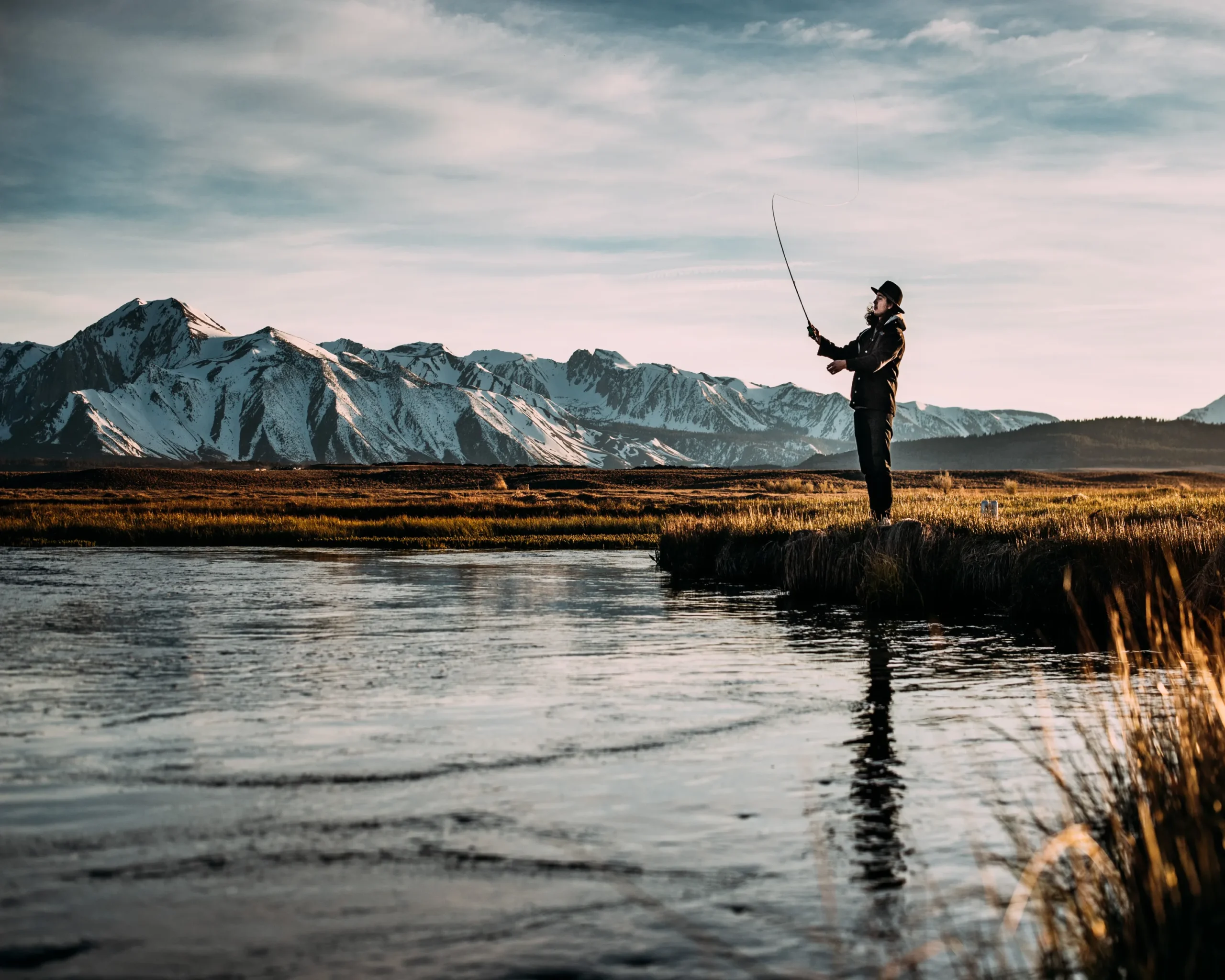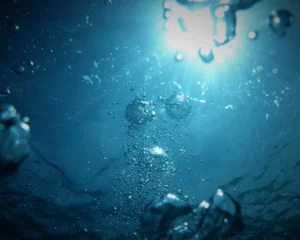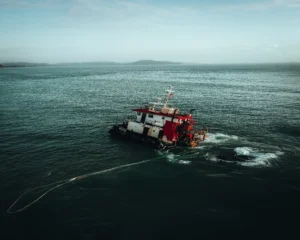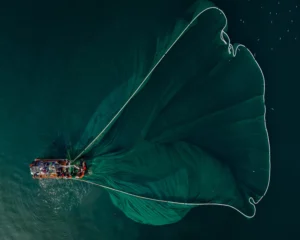Read in Urdu Language Click Here.
Fly Fishing
Fly fishing is a popular and specific way of catching fish in which artificial flies or artificial insects are used as bait to catch fish.
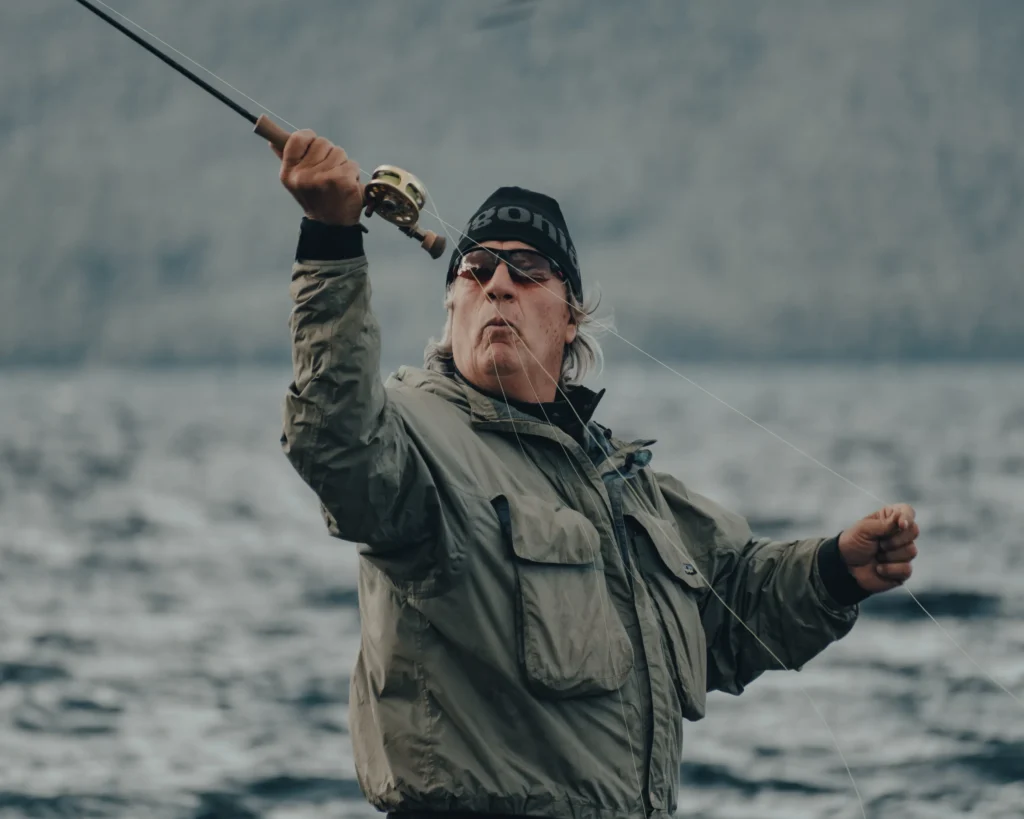
Following are some important aspects of fly fishing:
-
Fly Rods and Reels:
Fly fishing usually involves the use of specialized fly rods and reels. These are designed to cast the lightweight artificial flies used in fly fishing.
-
Artificial Flies & Artificial Insects:
Artificial flies are the bait used in fly fishing. They are often made of bird feathers, fur or velvet, different colored threads and other materials. These artificial flies and artificial insects mimic live insects and live bait that fishes eat.
-
Casting Technique:
Fly casting is a unique casting technique where the angler uses the weight of the fly line to cast the artificial fly. The goal is to present the artificial fly delicately and accurately on the surface of the water.
-
Fly Lines:
Fly lines are specially designed, thicker and heavier than normal fishing lines, to allow light artificial flies to be thrown far into the water during casting. Different types of lines are used according to water conditions and weather conditions, such as floating line, sinking line and intermediate line.
-
Fishing Leaders:
Fishing leader are used to connect the fly line to the artificial fly. They are designed to proper attach the most delicate artificial fly to thick fly line۔
-
Types of Fly Fishing:
Fly fishing can be done in various environments, including rivers, lakes, and saltwater. Different types of artificial flies and techniques may be used depending on the target species and the fishing conditions.
-
Artificial Flies Tying:
Some fly anglers make their own artificial flies. This involves making custom artificial flies using different materials (bird feathers, fur or velvet and different colored threads) to match specific insects or baits in the area.
Fly fishing is not just a method of catching fish; it’s also a sport and a form of outdoor recreation that brings people closer to nature. It requires skill, patience, and an understanding of the aquatic environment.
Read in Urdu Language Click Here.

